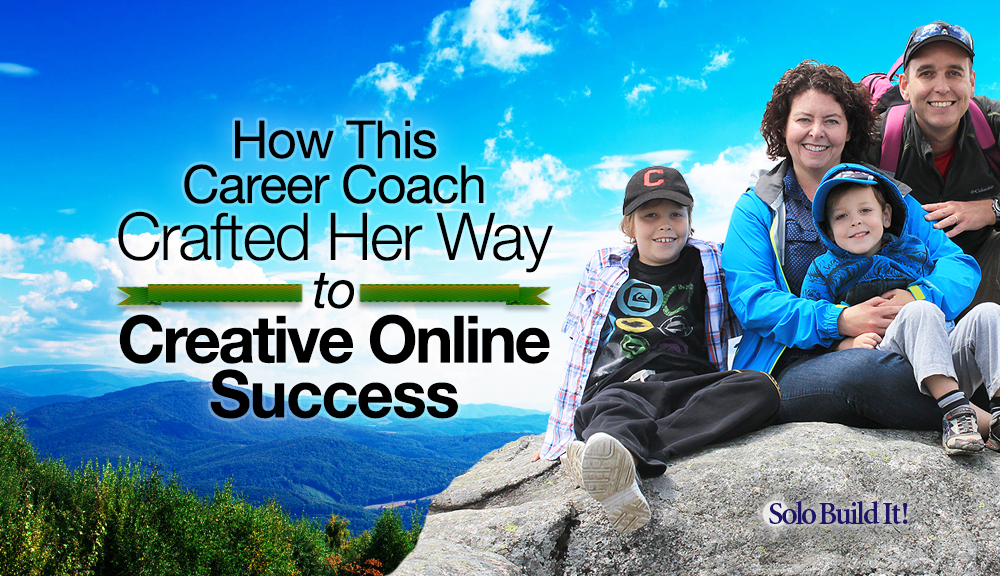
It was quite satisfying to know that every month, I reach, for free, the same audience size as a craft magazine that charges people $1000 to reach their readers one single time.Lisa McGrimmon from craftprofessional.com
Lisa McGrimmon loved her job as a career coach. She worked from home and could set her own hours. But, in 2006, her employer lost some major funding and had to let her go.
What now? She couldn’t see herself working a traditional 9 to 5 office job. The freedom and flexibility of her work-at-home lifestyle tasted too good to give up!
Besides her professional career, Lisa had always loved crafting. She decided to build a business around selling her handmade jewelry. The artistic part inside her was happy. But “hey, what about me?” said her career coach part. “I want to be involved too.”
So Lisa merged her skills as a career coach with her love for crafts into a unique solopreneur business. The result of this merger? That’s what she tells us in the interview below.
1. Lisa, your online business, www.craftprofessional.com, combines your skills as a career coach with your love for making jewelry. How did this come about?
Back in 2006, the company I worked for lost some major funding. I was laid off from my job as a career coach. In many ways, it was a fabulous job. I worked from home and set my own hours. I could take my son, who was 3 at the time, for walks in our neighborhood during the day, meet my husband for picnic lunches at the beach near our home on a work day, and still have an interesting career.
After getting a taste of that freedom, I couldn’t see myself returning to an office job. I also knew that, realistically, the working conditions I loved would be tough to replace in another job, so I looked to self-employment.
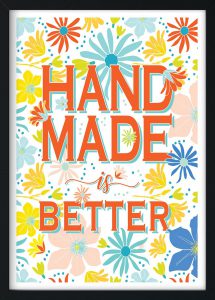 My work had been lacking an element of creativity, and I missed that. I had always been involved in the arts in some way, but I had been gradually promoted out of any kind of creative work. I decided to start selling my handmade jewelry as a way to add a creative outlet to my life. I think many craft businesses start out of similar motivations.
My work had been lacking an element of creativity, and I missed that. I had always been involved in the arts in some way, but I had been gradually promoted out of any kind of creative work. I decided to start selling my handmade jewelry as a way to add a creative outlet to my life. I think many craft businesses start out of similar motivations.
My website, CraftProfessional.com, came out of a logical combination of my craft business and my experience as a career coach. As I was learning about how to sell crafts, the career coach in me took over. I wanted to share that information with others.
In a lot of ways, I still see myself as a career coach. I’ve just taken the broader skills and knowledge that a career coach has and laser-focused them in the tighter niche of craft business development.
She took her forced unemployment as a chance to re-introduce more creativity into her life. Not only that, she found a smart way to combine her love for crafting with her skills as a career coach — a match made in heaven for growing a successful online business!

2. Tell us about your philosophy regarding content. How do you know what your prospective customers are looking for? Where does this information come from?
My content ideas come from one of three places. First and foremost, I use Solo Build It!’s Brainstorm It! tool to find keywords and topics that are of interest to people in my niche. I am a heavy user of the tool and frequently research keywords for possible topic areas in my niche.
 Brainstorm It! gives me plenty of inspiration for topics to cover. It shows me where there’s a good amount of interest in a topic, but not too much competition from other websites.
Brainstorm It! gives me plenty of inspiration for topics to cover. It shows me where there’s a good amount of interest in a topic, but not too much competition from other websites.
Second, I get content ideas from readers. I have surveyed my newsletter subscribers to ask what topics they want me to write about. They have given me a good list of topic ideas, which I cover on my site.
Finally, very occasionally I just write what I want to write. It might not be a topic that has great numbers in terms of being winnable at the search engines, but sometimes there’s a topic that I feel craft business owners need to know about, even if the numbers aren’t promising.
The pages that I have written around keywords with good Brainstorm It! numbers do the best job in bringing traffic to my site. They are also by far the most read pages.
While I benefit most from my content decisions based on Brainstorm It! data, I will supplement and fill in a bit with other topics that I feel are valuable to my readers.
Brainstorm It! is a smart keyword brainstorming and evaluation tool that’s included in every SBI! subscription.
As Lisa pointed out, it brings back a plethora of topics (aka keywords or keyword phrases) related to your niche and tells you the demand and supply numbers for each term. In other words, Brainstorm It! shows you how popular a search term is and how much competition there is.
When you begin your business-building process with SBI!, you’ll use various brainstorming techniques to help you shape your website’s content structure. You’ll create a “site content blueprint.”
What does that mean? You’ll organize all the topics you’re going to write about into a 3-tier structure. Tier 1 is your site concept keyword (which becomes your site’s home page). Each Tier 2 page is a subcategory of your Tier 1. Each Tier 3 page is a subtopic of a Tier 2 page.
As a best practice, you’ll start by writing about the “low hanging fruit” first, i.e. you choose the topics with less competition that have a solid demand. This will get your traffic rolling!
One important thing to keep in mind: never decide what topics you’ll cover solely based on numbers. You know what makes most sense for your niche. This might mean to skip a keyword despite its great numbers, or to write about a topic that has bad numbers, but provides value to your readers.
3. You provide lots of information and resources for free. How do you “upgrade” people from being free content seekers to paying customers?
Building trust is key. When people see you are a real person, who cares about their concerns, and offers quality free content, it makes it easier for them to trust and make the leap to buy a paid product.
Repeat exposure to a product offering is also important. I send out a newsletter every week to thousands of readers. In it, I provide helpful free content, along with a mention of my product.
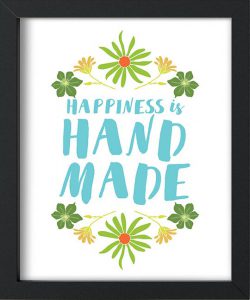 I also work mentions of my product into relevant pages on my site. I’m still working on doing a better job of that; it all takes time. I used to be less disciplined about sending out newsletters, but my income from several sources has increased since I’ve become more consistent.
I also work mentions of my product into relevant pages on my site. I’m still working on doing a better job of that; it all takes time. I used to be less disciplined about sending out newsletters, but my income from several sources has increased since I’ve become more consistent.
Recently, I was approached repeatedly by an advertising salesperson who works for a print magazine in my niche. She wanted to sell me ad space that would have started at approximately $1000 for a single ad. I checked the magazine’s circulation numbers and discovered my website’s monthly page views were the same as the magazine’s monthly circulation.
It was quite satisfying to know that every month, I reach, for free, the same audience size as a craft magazine that charges people $1000 to reach their readers one single time. Needless to say, I smiled, and didn’t buy the expensive ad.
People prefer doing business with someone they know and trust. So how do you build that trust in the rather anonymous online business world? It all starts with your content. You create truly excellent, high-value content that delivers what your readers sought at the search engines.
Next, you offer your audience ways to interact with you, both on- and off-site: your visitor can comment on your site, submit a form to contact you, and subscribe to your newsletter.
Off-site, you build a great presence on one or a few social media channels (the ones that make most sense for your niche — more on that in a moment), where you invite your “fans” to ask questions, give feedback or simply “hang out” with you.
Within the SBI! community we have a term for this trust-building approach. We call it “PREselling.” As the name indicates, it’s the crucial step that comes before selling (monetizing).
It’s also step 3 in SBI!’s proven Content Traffic PREsell Monetize process. Too many solopreneurs start with monetization… and fail. You need the C T P engine to generate the “fuel” for your monetization options, aka a steady stream of warm, ready-to-buy visitors.
We had to chuckle about Lisa’s $1000 ad anecdote. She doesn’t need to spend a ridiculous amount of money to get her content in front of the right people… all these people come to her site for free. That’s the power of SBI!’s C T P engine!
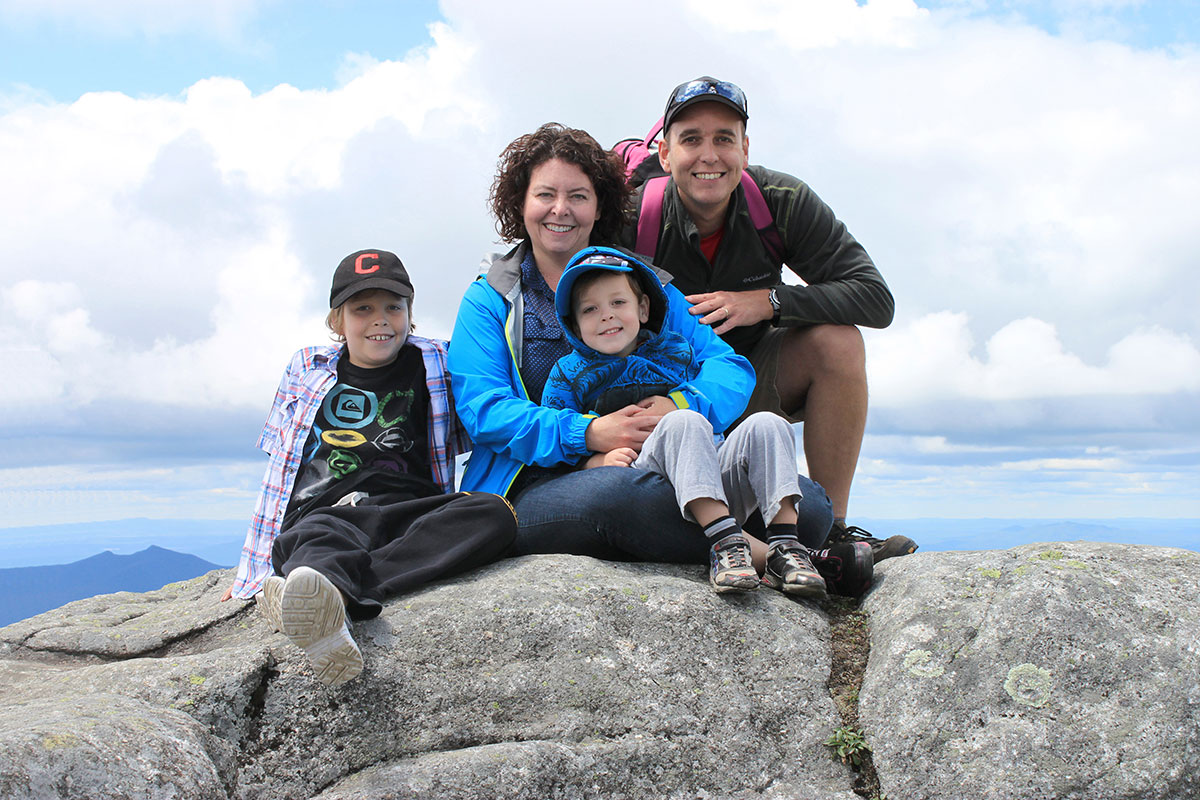
4. One of your products is an online course. How did you create this course? What made you choose coursecraft.net as the course platform?
Creating and promoting the course required a lot of research about e-learning best practices, and also where to host a course.
Whenever I need to use some type of outside service for my business, I start my research with the SBI! resources and community. I trust Solo Build It!’s recommendations, so starting here saves me time searching for the best service provider.
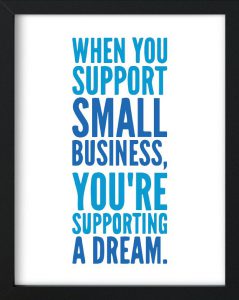 I read everything I could find on the SBI! forums about developing a course and got some good information. From there, I created a short list of service providers I wanted to consider.
I read everything I could find on the SBI! forums about developing a course and got some good information. From there, I created a short list of service providers I wanted to consider.
I researched a few and found that CourseCraft offered excellent and timely customer service. Anyone who enrolled in my course would get a good response from CourseCraft if they had questions related to using the platform.
In addition, CourseCraft offered enough functionality to allow me to create the type of course I wanted without being too complex, and their fee structure worked well for my needs.
This includes sifting through hundreds of outside resources and information to recommend the most up-to-date and efficient solution to any business need you may have. In Lisa’s case, she needed a platform to create and host a paid online course.
When we first talked with Lisa, we had assumed that she wanted to do a video course. This wasn’t the case though. Below she explains which formats she uses for her course and why.
The primary focus of the course is a 70+ page printable workbook which, when completed, will give craft business owners the self-knowledge and information needed to develop a business that’s a good fit with their skills, expectations, resources, and opportunities. There are online lessons, which guide people through all of the exercises in the workbook.
I chose a printable workbook as the main focus of the course instead of a medium like video because my research indicated that creative and visually oriented people typically do their best in-depth thinking when working on paper, not on a screen.
My readers generally fall into the category of visually oriented people, so I felt a printable workbook would best meet their learning needs.
I do use some video though. For example, I have an explainer video on my course intro page, which was my first foray into creating video for my site. I used VideoScribe for the animation. Most of the images came with their platform, but I had to create a few images of my own to tell the story I wanted to tell.
I’d like to make more use of video for my business, but it would require a big time commitment. So, first I’d need to determine the most effective ways to use video and ensure it would be a good allocation of my time. It’s something that’s on my radar, but it hasn’t made it to the top of the priorities list.
Videos can help your business in different ways:
- Raise awareness and drive traffic (when you upload your videos to YouTube or other video platforms)
- Boost engagement on social platforms (especially on Facebook)
- Build trust with your visitors
- PREsell affiliate products and services
- PREsell your own products and services
- Generate income as a paid product (video course, downloadable video lessons, videos on DVD)
As an SBI! member you’ll have access to a whole series of articles and tutorials about how to best use and create videos for your niche. In addition, you can exchange ideas and ask questions in our dedicated video and audio forum.

5. What other ways of monetizing do you have, and how well do they work for you?
I have Google Adsense ads, Amazon CPM ads, affiliate links, and I’m in the early stages of developing a line of digital products.
The Google Adsense ads were my first online monetization method. I like the simplicity of passive income. The ads used to pay quite well, but that’s not the case anymore.
I’ve gradually moved away from Adsense ads, replacing them with Amazon CPM ads, which perform better for me. I haven’t completely eliminated Adsense, but it’s on the way out on my site.
I also earn affiliate income from Amazon. I’ve tried a few other affiliate programs, but Amazon converts for me far better than any other program I’ve tried. Amazon provides a great range of products that people need when setting up a booth to sell at craft shows, and my readers appreciate being directed to those products.
People have written to me to thank me for those links I provide on my site, so it’s a win-win. Back in the day, when I sold at craft shows and was designing my own display, these products were not easy to research and find online, so I’m happy that resource is available now.
Unfortunately this isn’t the case anymore. Lisa did the right thing. She tested other passive income models and replaced what’s no longer working with higher paying alternatives.
Even better, she started developing a new line of digital products. Let’s hear from Lisa why she’s so excited about her newest offering, and how she decided where to sell her products…
I’m in the early stages of developing a line of digital art products. I’ve moved away from selling jewelry. My jewelry designs contained elements of digital art, and I realized that creating the digital art was the part of the process I enjoyed best.
I’ve experimented with different ways to sell digital art. This current offering is an extremely new part of my business and something I’m excited to get established.
Like I did for my course, I researched platforms for delivering the downloads and collecting payments. Etsy was among the options available, and it was a good fit for the type of products I wanted to sell.
I had a bit of experience selling on Etsy, but I had not explored it fully. I prefer to build my own business on my own site. For the most part, people who buy products from your Etsy shop are Etsy’s customers, not your customers.
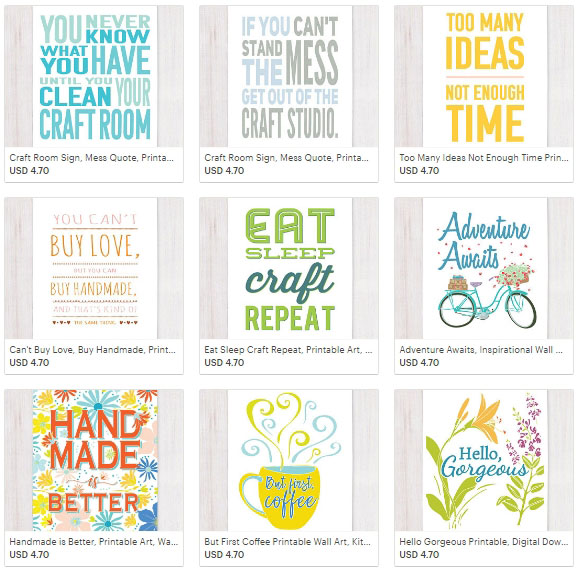
Among my options for selling digital products, Etsy had the added bonus of being popular with craft business owners. It was something I felt I should know more about to serve my readers well, and at the same time, it could fulfill a need I had for my digital products.
My Etsy shop is getting a good amount of traffic considering it’s a new shop and I don’t yet have a lot of products compared with others selling in the same category.
Interestingly, my statistics show that only about 8% of visits to my shop came from Etsy. The vast majority of my shop visits came from my own website, newsletter, and social media promotional efforts.
It will be interesting to see how those numbers evolve as I expand the shop, make more sales, get reviews, and also promote it more on my site.
Yes, you can succeed with selling your products only on marketplaces like Etsy, Amazon or eBay. But, unless you’re a well-known brand, it will be much harder to get enough potential customers to see your offers. You’ll probably be forced to pay for your traffic.
In addition, you have to play by the marketplace’s rules. If you violate them, knowingly or unknowingly, they can shut down your store.
A content-rich niche website, like Lisa’s, is the ideal driver of perpetual free traffic to your online store or offline business. And it’s yours.
6. You have a strong presence on Pinterest and Instagram. Why do you think these social media channels work well for you? Can you share some “best practices” for each network?
I love Pinterest and Instagram. I like to scroll through Instagram images and see what craft business owners are doing and look for trends in my niche. I plan a lot of my personal DIY projects, decorating, shopping, and baking on Pinterest.
I think understanding how “regular people” use a platform is important. It’s easy to get lost in looking at platforms from a marketer’s perspective. To connect with people, it’s important to be aware of how these platforms are used by regular people.
Pinterest sends my site as much traffic as Google search. I feel like I’ve laid a good foundation on Instagram, but I’m still learning and experimenting with it. I’m thrilled to see my website traffic coming from diverse sources, so I’m not too dependent on a single source of traffic.
Both Pinterest and Instagram are extremely visually oriented, and the craft niche in general is also quite visually oriented, so my audience is there on both platforms.
For both Pinterest and Instagram, I’ve found it’s important to post regularly and consistently. I use Tailwind to schedule Pinterest and Instagram posts. It helps me post daily no matter how busy I am with other things, and I can schedule posts when it’s most convenient for me.
Whenever I write a new article, I take time to create images optimized for Instagram and Pinterest, so I can promote the new articles on those platforms. It definitely adds to my workload, but, given the number of people who find my site through Pinterest, it’s well-worth the time.
Una publicación compartida de Lisa @ Craft Professional (@craftprofessional) el
As an expert in your niche, you’ll know which channels are best… the ones that you use yourself as a “consumer.” But what if you’re unsure which social media platforms are best for your business?
Fear not! Audience research is part of the in-depth business planning that you’ll do with the help of the SBI! Action Guide. The Guide walks you through the process of building a picture of your ideal site visitor. It will leave you with detailed information about your customer “persona,” which you can use to match up with social platform target groups.
And it gets even better. Because we know how much solopreneurs struggle with using social media in the most efficient way, we are creating Social Media Action Guides for the four major players (Facebook, Twitter, Pinterest, Instagram).
Each guide follows the same proven step-by-step structure of the overall SBI! Action Guide. Each will shorten your social media learning curve. You’ll master the social network that’s most relevant to your business in no time at all!
7. What has been your biggest challenge so far as a solopreneur?
Protecting my work time.
Because I have a good degree of flexibility in my work schedule, people sometimes think that means they can call on me to run errands or chat at any time.
 I have set office hours, and I believe that’s essential if you’re going to accomplish anything. I work every weekday when my kids are at school. I work other times, too, but I do my best work when my family is out of the house for several hours.
I have set office hours, and I believe that’s essential if you’re going to accomplish anything. I work every weekday when my kids are at school. I work other times, too, but I do my best work when my family is out of the house for several hours.
I will happily give up some of those office hours to go on a class trip, or take my child to a medical appointment. That’s primarily why I chose this business — so I can be available for my family when they need me.
I won’t give up my office hours to take personal phone calls or run errands. I’ve had to be firm in setting boundaries with some people.
Yes, I do control my time. I work when I choose, and that is fabulous. But I do have to put in the work. I have a lot of goals for my business that I want to achieve, and that will only happen if I put in the hours and do the work.
Lisa gives a great example how to deal with some of those challenges. She sets “office hours,” which she firmly defends against non-urgent demands from family or friends. You’ll find 4 more tips about how to stay focused when working at home here.
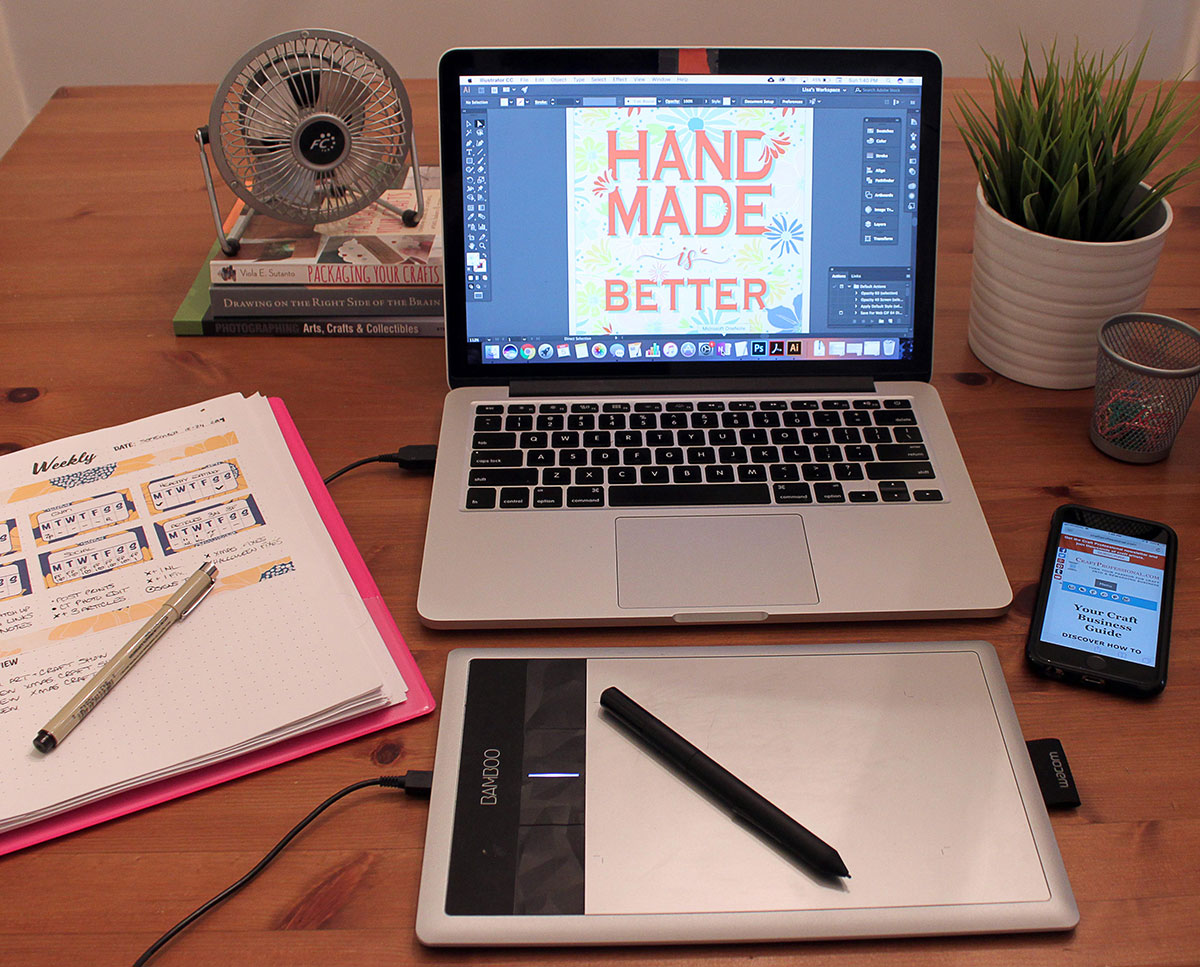
8. What do you enjoy most about being an online business owner? How has it changed you, your life, your family?
I love so much about being an online business owner.
I enjoy sharing what I know with my readers. They are the nicest, kindest people. My readers send me wonderful emails and leave great comments on my site. It completely makes my day when a reader sends me a message to thank me for something I’ve shared or offers insights to help others who visit my site.
I love learning and working in a role that’s not stagnant over time. I like that my online business is always evolving. The business I had ten years ago is very different from the business I have today, and I like knowing there will always be something new and interesting to learn.
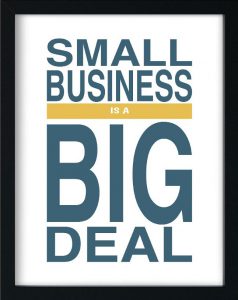 Being a solopreneur requires a good degree of self-discipline. Building my business has taught me a lot about myself that I might not otherwise have discovered. I’m “it” in this business. Nothing gets done if I don’t do it. As a result, I’ve had to become very aware of my strengths and weaknesses.
Being a solopreneur requires a good degree of self-discipline. Building my business has taught me a lot about myself that I might not otherwise have discovered. I’m “it” in this business. Nothing gets done if I don’t do it. As a result, I’ve had to become very aware of my strengths and weaknesses.
I have learned which of my personal tendencies hold me back, and I do my best to be aware of and avoid those inclinations. That self-knowledge spills over into other areas of my life, too, and has made me a more disciplined person.
I’m thankful that I can have something of my own that’s interesting and fulfilling, and, at the same time, I can be available for my family in a way that works for all of us. I pick my younger son up from school every day. He leaves the school and comes running into my arms every day. We wouldn’t have those moments if I was in an office from 9 to 5.
I have a child who has some ongoing medical needs, and when he is sick and needs to stay home from school or see a doctor, I don’t have to be stressed about balancing what an employer expects of me with what my child needs. I know that kind of autonomy is rare, and I’m very grateful to have it.
- The knowledge that you touch other people’s lives in a positive way.
- The satisfaction of learning something new and interesting every day.
- The realization that you not just grow your business, but yourself as a person.
- The pure joy of being around for those precious moments in your children’s lives.
10. And finally… What’s your top tip for someone who is just starting a solopreneur career?
You need to be willing to work hard, but hard work isn’t enough. You need to work hard in the right way, and on the right things.
It’s important to create and follow a clear roadmap toward your goal and not approach things randomly and disjointedly. You don’t need to reinvent the wheel.
Others have already achieved the goals you’d like to achieve, so you can look to trusted advisors for guidance. Someone who has already walked the path you are about to embark on will be able to see pitfalls, help you avoid mistakes, and help you make progress on that journey much faster than you ever could on your own.
Both parts of this “success equation” have to come together: a proven, step-by-step process, which helps you focus on doing exactly the right thing at the right time in your business-building journey, and your commitment to really do this, to keep at it until you’ve reached your goals.
Solo Build It! provides the process, the tools, the guidance and a community of like-minded solopreneurs and experienced advisors. Now it’s up to you to bring in yourself.
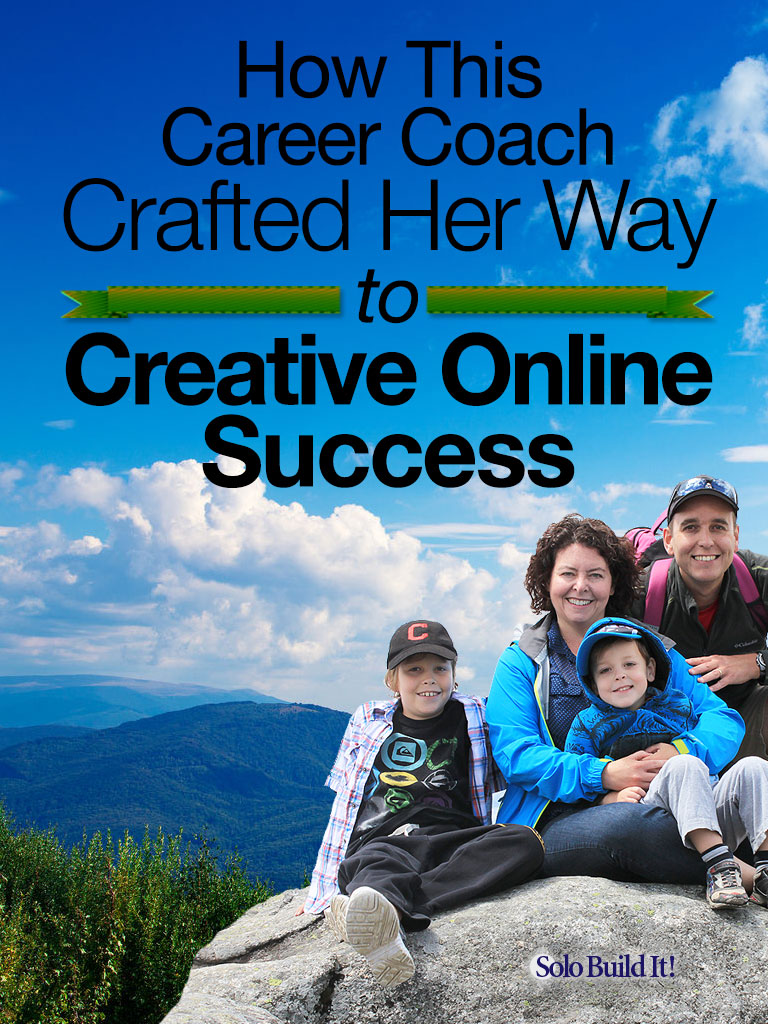
Latest posts by Margit Streifeneder (see all)
- From Zero to 1 Million Fans: A Community-Driven Success Story - October 16, 2025
- Six Figures on Her Terms: A Lifestyle Business Success Story - September 25, 2025
- From Sheds to Sales: A 20-Year Digital Product Success Story - September 11, 2025

